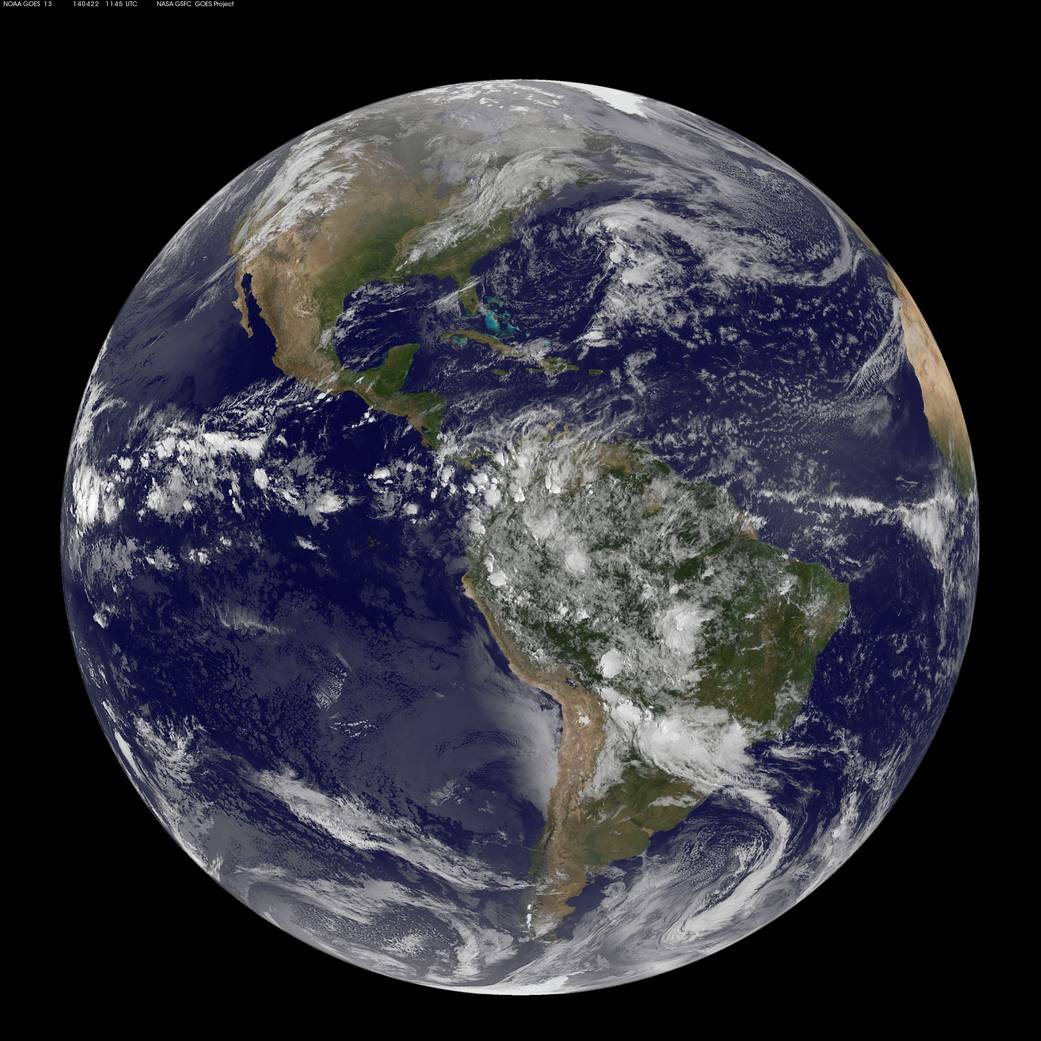

Remember that Chinese space station called Tiangong-1? You know. The broken one. The one that was set to plunge out of the sky sometime over Easter weekend? The one that—contrary to what some headlines on less scrupulous publications may have led you to believe—we promised was definitely not going to kill you?
Well, in a shocking turn of events, that very space station did indeed crash down to Earth on the evening of Sunday, April 1 (EST). And (get ready for a big surprise) it didn’t hit anyone. In fact, it fell in the middle of nowhere. We’ll be lucky if anyone even managed to catch a picture of it.
If you’ve been paying attention to your good friends at Popular Science, you know exactly why this cataclysmic-sounding event turned out to basically be a non-event. But if you’re just tuning in to our coverage today, here’s a rundown:
What happened to Tiangong-1?
Launched in 2011 and roughly the size of a bus, Tiangong-1 was China’s first prototype space station. It hosted some human visitors and even had its lifespan extended by a couple of years, but in 2016 China lost its telemetry link with the satellite. It eventually came to light that Tiangong-1 was out of control, which meant its orbit would slowly degrade—slowing down, spinning closer to Earth, encountering more atmosphere to drag on it, slowing down more, and so on—until it fell in an uncontrolled descent. The initial estimate was for late 2017, but Tiangong-1 kept chugging along until April 1.
When did it actually come down, and where?
According to a statement from the U.S. Strategic Command’s (USSTRATCOM) Joint Force Space Component Command, the bird came home to roost at 8:16 p.m. eastern on Sunday, April 1.
Most of Tiangong-1 surely burned up during reentry as expected. But any small pieces that remained scattered in the southern Pacific Ocean.
Why didn’t Tiangong-1 hit anyone?
Here’s the thing about our planet: it’s mostly water. And the parts of it that aren’t water still have plenty of uninhabited areas. And, plenty of the technically inhabited regions of our globe are still pretty sparse in terms of people per mile. So while it was technically possible that Tiangong-1 would happen to spit a piece of space debris right over Times Square on New Year’s Eve, when doing so would have basically guaranteed that somebody was gonna get hit, the world is so big that it was far, far more likely for Tiangong-1 to come down in a place where no one happened to be standing at the wrong time. And as it turns out, it’s unlikely that anyone was even poised to see it from the air:
Wait, why didn’t we know where or when it was going to fall?
Scientists—including a gaggle of them at the European Space Agency (ESA)—gathered as much data on Tiangong-1’s location as possible in the weeks leading up to its return. But it’s hard to forecast the density of the thermosphere (the upper level of the atmosphere), which means it’s also hard to predict how much drag a piece of space junk will encounter on any given day. That pull is what caused Tiangong-1’s orbital decay, so it was difficult to know exactly when it would actually slip out of orbit. Given that the space station maintained a speed of 4 or 5 miles per second in its final days, the fact that we couldn’t guess its exact moment of reentry meant we couldn’t guess its exact location, either.
What did it look like when it fell?
Scientists had speculated that Tiangong-1 would make a pretty fireball on its way back home, but it’s not clear that anyone managed to catch the spectacle.
Astrophysicist Jonathan McDowell told the AFP that the station zoomed over Kyoto, Japan and Pyongyang, South Korea before hitting its watery grave. But since those cities were in daylight at the time, it’s unlikely that the debris caused a visible light show—let alone that anyone was able to catch it on camera.
There are a couple potentially misleading “images” of “Tiangong-1” you might see around the web. For starters, there’s what kind of looks like a fiery hunk of space junk:
That is real, but it’s actually a radar image of the space station taken before it came down. Do not let people convince you this is what came hurtling down into the ocean. It’s not a true-color image, and it is not on fire.
You may also see a video similar to this one:

But that’s footage from when an ESA spacecraft crashed into the ocean back in 2008. If you see footage of a fireball, it’s probably not Tiangong-1.
Basically, just assume you haven’t seen a photo of Tiangong-1’s reentry until a space agency itself tells you otherwise.
I’m disappointed I did not get hit with a piece of space station
Same, same. It’s only happened once before, that we know of: A woman in Oklahoma probably got whacked in the shoulder with a piece of rocket. But that whack was really more of a delicate tap, and she was totally fine.
On the bright side, Tiangong-1 wasn’t really that special—space junk falls out of the sky all the time. Sure, the odds of some of it hitting you are always lower than a lightning strike. But at least there are plenty of chances to try your luck.